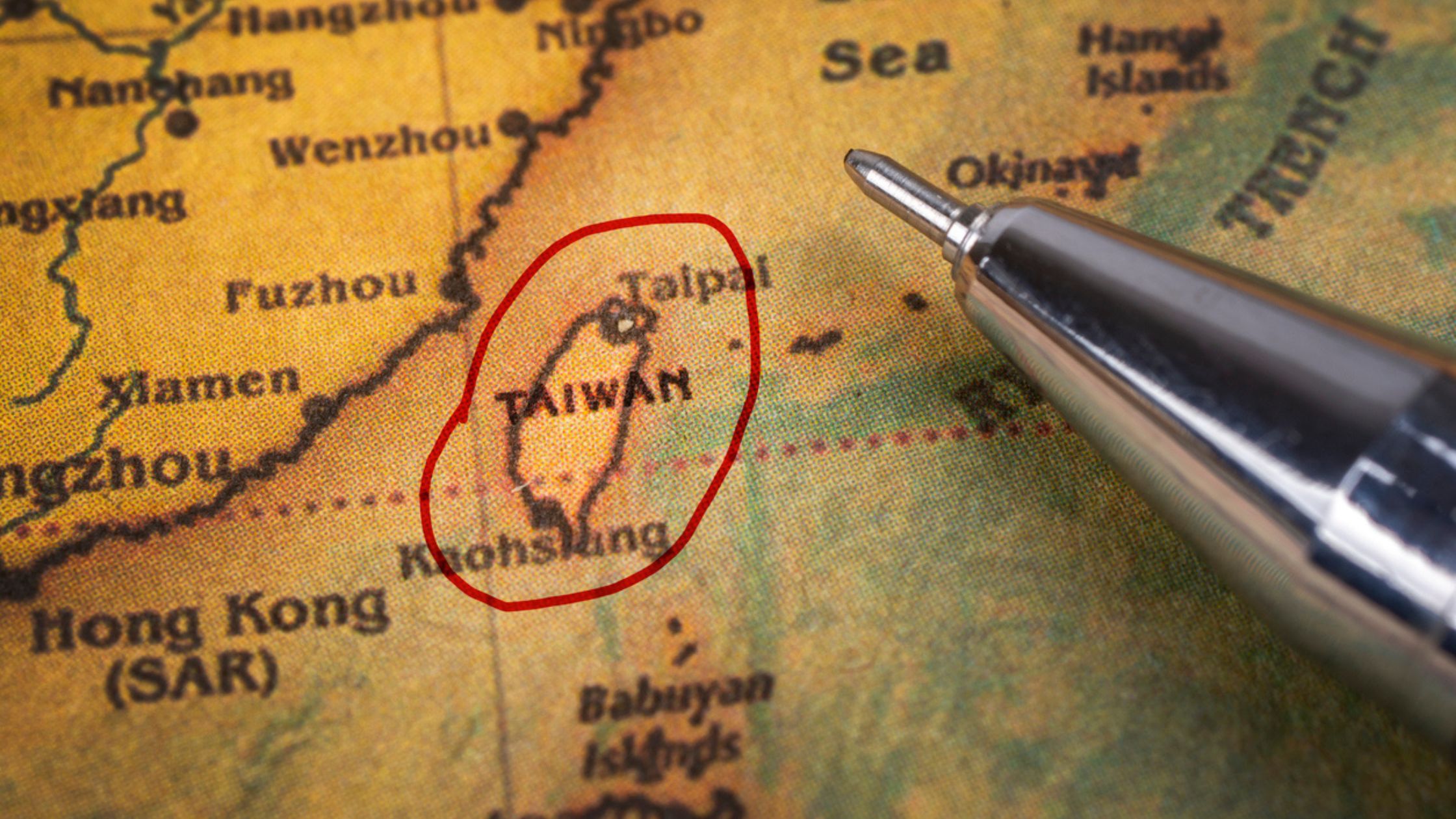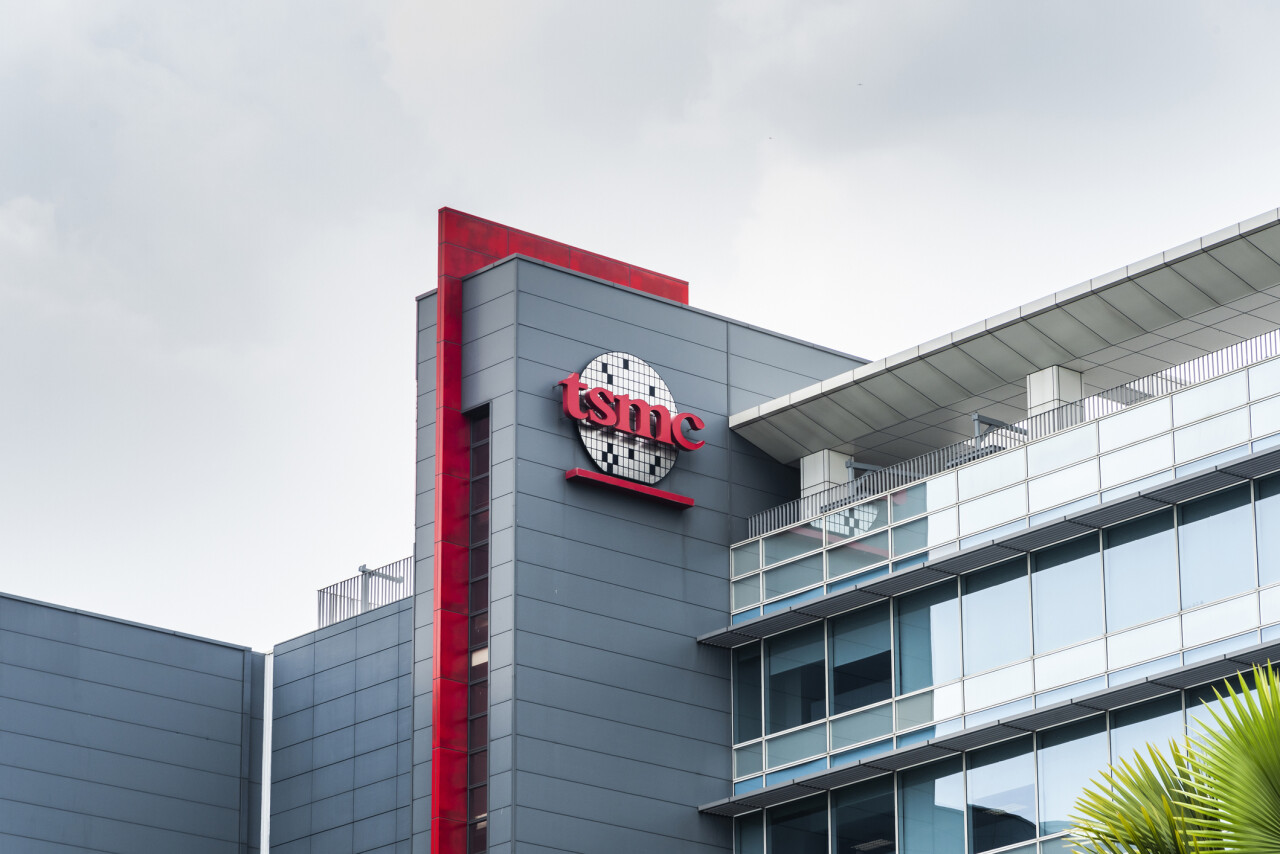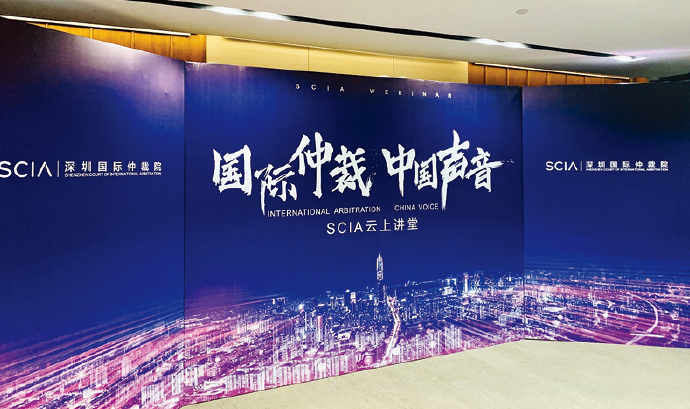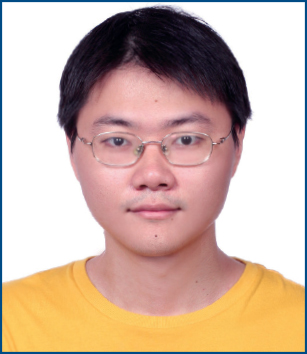Science and Technology Advisory Board Meets in Taiwan
After a 12-year hiatus, a meeting of a high-level science and technology advisory board was held in Taipei in early December, 2023. The Executive Yuan Science and Technology Advisory Board Meeting was held over three days, convening top scientists and industry leaders to offer advice on a path forward for Taiwan’s technology development over the next ten years. The conference will focus on two main themes. One is green technologies amid the global effort to move toward carbon neutrality, and the other is the possible mutual enhancement between artificial intelligence (AI) and the semiconductor industry. The advisers consist of leading figures from academia and the private sectors who have in-depth knowledge of Taiwan’s industries and supply chains and how they are being affected by various geopolitical strains. It is expected that the meeting will come up with both mid-term and long-term development strategies to guide Taiwan on the path to maintain its top-notch technical capabilities. President Tsai, who will leave office in May 2024, gave a speech announcing that the country will invest NT300 billion in a chip-driven industrial innovation plan that will look at ways to combine generative AI with Taiwan’s semiconductor development. Also, for the development of green technologies, the government will mobilize the resources of different ministries, academia, industry, and civil groups to push for technologies that can help Taiwan achieve net-zero emissions by 2050. The Executive Yuan Science and Technology Advisory Board meeting was first convened in 1980 and was held 31 times up to 2011. The revived grouping is expected to meet annually in the future.
China Promotes Patent Industrialization in Universities and Research Institutions
The National Intellectual Property Administration (NIPA), China’s top intellectual property regulator, said that it will make greater efforts to promote the patent industrialization rate of universities and research institutions nationwide. A work plan has been initiated that will make universities and scientific research institutions conduct assessments on their underutilized patents and accelerate the process of industrializing a selection of their high-value patents. It is expected that the report will be ready by the end of 2024, and the process of industrializing the patents will occur in late 2025. The number of valid invention patents in Chinese universities reached 794,000 by the end of 2023, with scientific research institutions holding an additional 229,000 patents. These figures collectively account for 25% of the total number of patents in the country. Another phenomenon is the existence of dormant patents, and these will be looked at as part of the work plan. Market mechanisms will be emphasized, and the IP administration will coordinate with enterprises to analyze the industrial prospects of the patents produced by the universities and scientific research institutions to mobilize interest and investment to promote rapid transfers of high-value patents. Other initiatives that will be trialed include enhanced training of patent agents, providing financial support to universities and research institutions and focusing more on small and medium-sized enterprises.
China Faces Further Restrictions on Items from Taiwan
Taiwan is planning to expand the coverage of banned items as part of its chip export restriction campaign in the face of the threat from China. The Ministry of Economic Affairs has been drafting the second round of its chip export ban after it banned the export of 12 types of chip-making machines and parts that are capable of making 14-nanometer or smaller chips to China in December, 2023. The export of locally-made photomasks, substrates and thin films are currently being considered as additions to the list. Photomask is a silica plate covered with a pattern of transparent and phase-shifting areas that are projected onto wafers in the lithography process. Substrate is the silicon wafer itself while thin film is the metal deposited on the wafer. The decision making process is made in coordination with the US Commerce Department who is concerned for national security reasons about China obtaining the highest level of chips available and the means to manufacture them. Also, Taiwan compiled a list of 22 core technologies that Taiwan wants to keep out of China’s hands. The upcoming limitations are not expected to affect TSMC’s business in China. TSMC makes 14-16 nm chips in China which generates about 10-12% of its total revenue from the country. In response to the expected ban, China is expected to invest in a new photomask production line which will produce photomasks that can be used for the production of 28-90 nm chips. To mass produce mid-end chips between 28 and 90 nm, Chinese chip foundries need to use photomasks imported from the US, Japan and Taiwan because local Chinese firms currently can only make photomasks that produce 130 nm chips.
China’s State Council Releases Amended Implementing Regulations of the Patent Law
In late December 2023, China’s State Council released the Amended Implementing Regulations of the Patent Law. The Implementing Regulations explain how several provisions of China’s amended Patent Law of 2021 will be implemented and they became effective on January 20, 2024. Some of the highlights include:
- Elimination of the 15-day mail delay in calculating most deadlines.
- Restoration of priority rights.
- Good faith requirement for patent application filings including a maximum 100,000 RMB fine for violating the requirement.
- Applicants can claim domestic priority for a design from an invention or utility model application.
- Invention patent applications can claim domestic priority from a utility model or vice versa.
- Applicants may request delayed examination of patent applications.
- Evaluation reports for utility models and designs will be public.
- Patent term adjustment must be requested within 3 months from grant.
- Patent term extension for pharmaceutical patents is calculated by deducting 5 years from the interval between the date of filing of the patent application and the date of licensing the drug.












 Deep & Far Attorneys-at-law
Deep & Far Attorneys-at-law Yu-Li Tsai
Yu-Li Tsai Lu-Fa Tsai
Lu-Fa Tsai C. F. Tsai
C. F. Tsai



